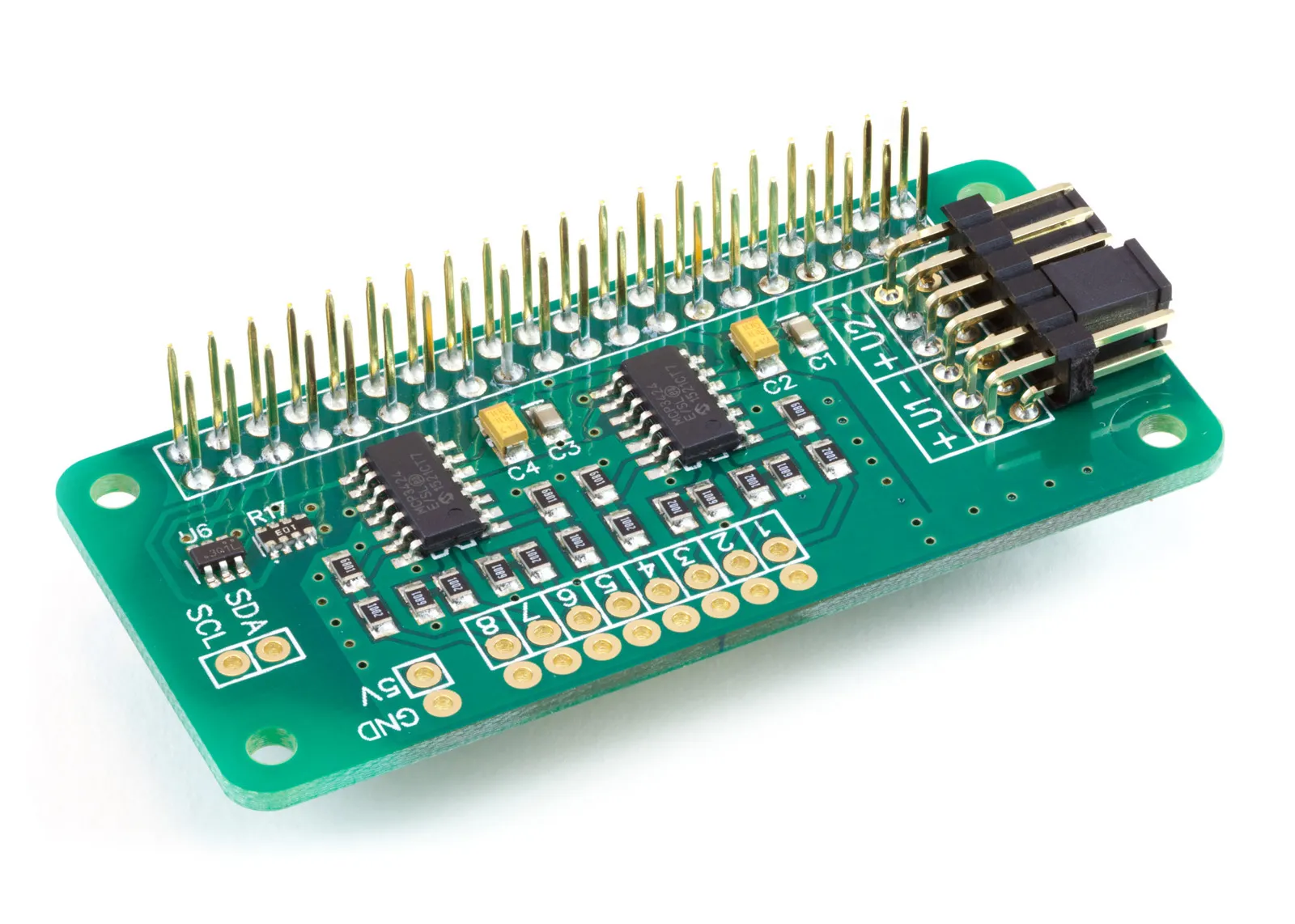This tool calculates the capacitance of capacitors in parallel.
Total Capacitance =
Understanding Capacitors in Parallel
When capacitors are connected in parallel, the total capacitance is simply the sum of the capacitances of each individual capacitor. This is because the voltage across each capacitor is the same when they are in parallel, and the charge stored in each capacitor can add together.
How to Calculate
To find the total capacitance Ctotal of capacitors in parallel, you use the following formula:
Ctotal = C1 + C2 + C3 + ··· + Cnwhere:
C1, C2, C3, . . ., Cn are the capacitance values of each individual capacitor in the parallel circuit.
Example
Suppose you have three capacitors in parallel with capacitance values of 4 µF, 6 µF, and 10 µF. To find the total capacitance, you would simply add them:
Ctotal = 4µF + 6µF + 10µF = 20µFThis means the combined effect of these capacitors in parallel will provide a capacitance of 20 µF.
Visual Representation
It's helpful to visualize the connection:

Imagine each capacitor's leads connected to the same two points in the circuit. This common connection allows the charge to accumulate from all capacitors, thereby adding their capacitances.
Remember, the rule is pretty simple: in parallel, capacitance adds up! This is in stark contrast to resistors in parallel where you calculate the reciprocal of the sum of the reciprocals of each resistor to find the total resistance.



